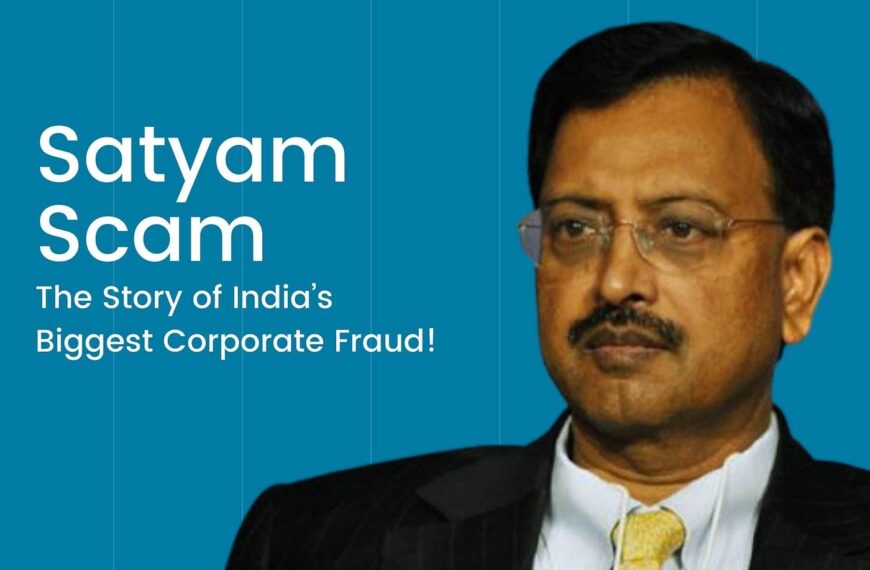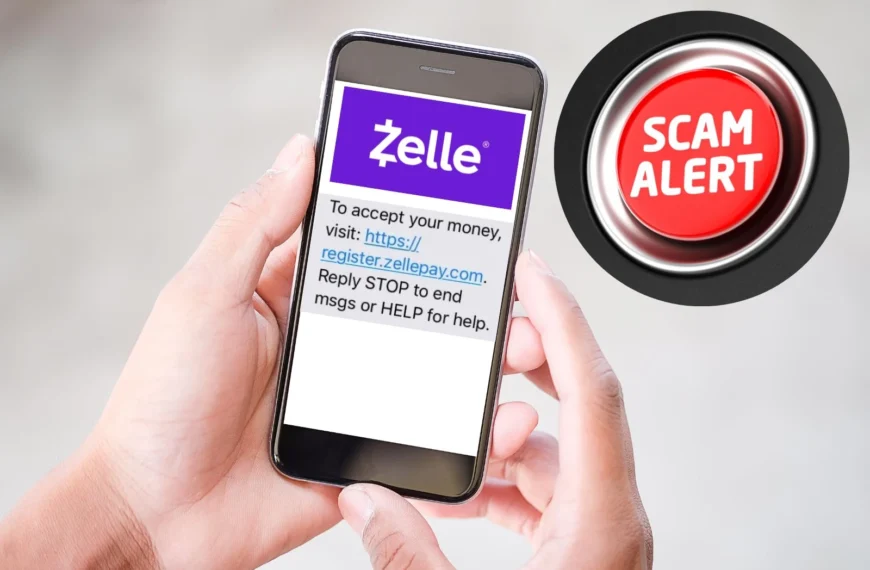The Bernie Madoff scandal remains one of the most notorious financial frauds in history. At its core, the scandal was a massive Ponzi scheme that deceived thousands of investors and shook global financial markets. This article explores the origins and mechanics of Madoff’s scheme, offers guidance on spotting similar scams, and provides actionable steps for online users to protect themselves.
The Rise and Fall of Bernie Madoff
Who Was Bernie Madoff?
Bernie Madoff was a respected figure on Wall Street until it was revealed that he was orchestrating a fraud that lasted decades. His reputation allowed him to build trust among investors, which proved to be the foundation of his elaborate scheme.
How the Ponzi Scheme Operated
- Promise of Consistent Returns: Madoff promised investors steady and unusually high returns regardless of market conditions.
- Lack of Transparency: Investors received falsified account statements that obscured the truth behind the investment process.
- Recycling Investor Funds: Instead of generating real profits through legitimate investments, Madoff used funds from new investors to pay returns to earlier ones, a classic Ponzi mechanism.
- Collapse and Fallout: The scheme eventually unraveled during the 2008 financial crisis, resulting in billions of dollars in losses and legal consequences for Madoff and his associates.
This scheme highlights how established reputations and complex financial structures can mask underlying fraud, leaving investors vulnerable if they do not conduct due diligence.
How to Spot Similar Investment Scams
Recognizing the Red Flags
Investors and online users can protect themselves by being vigilant for common warning signs that indicate a potential scam:
- Unrealistic Returns: Consistently high returns with little or no risk are typically too good to be true.
- Lack of Detailed Information: Be cautious if the investment lacks transparency, such as vague explanations of how profits are generated.
- Pressure Tactics: Scammers often use high-pressure sales tactics, urging immediate investments without ample time for research.
- Unregistered Investment Opportunities: Always verify if the investment or advisor is registered with financial regulatory bodies.
- Complex or Overly Technical Explanations: While financial products can be complex, if the explanation is convoluted or intentionally opaque, it could be designed to confuse investors.
Understanding Ponzi Schemes and Other Frauds
- Ponzi Schemes vs. Pyramid Schemes: While both rely on new investor money to pay returns, Ponzi schemes disguise their operations behind fraudulent promises of investment profits.
- Due Diligence: Legitimate investment opportunities are typically open to scrutiny, allowing investors to access detailed, verified information.
Staying informed about common fraud tactics is crucial for spotting potential scams early on.
Essential Measures to Protect Yourself Online
Practical Steps for Online Safety
Given the digital age’s constant connectivity, scammers have adapted by moving online. Here are essential measures to safeguard your investments and personal data:
- Verify Credentials:
- Check if the investment firm or financial advisor is registered with trusted regulatory bodies such as the SEC or FINRA.
- Use official websites to verify registration and review any past disciplinary actions.
- Research and Reviews:
- Conduct thorough research using reliable sources like reputable financial news outlets and regulatory websites.
- Look for customer reviews and testimonials, but be cautious of overly positive or generic feedback.
- Use Secure Platforms:
- Ensure that financial transactions and communications are conducted on secure, encrypted platforms.
- Avoid sharing sensitive personal information on public forums or unsecured websites.
- Educate Yourself:
- Stay updated on the latest scam techniques and fraud trends.
- Consider financial literacy courses or webinars offered by reputable organizations to deepen your understanding of investment risks.
- Consult Professionals:
- When in doubt, seek advice from licensed financial advisors or legal professionals.
- Don’t be pressured into making quick decisions—take your time to evaluate the legitimacy of an investment.
Digital Hygiene Best Practices
- Regular Software Updates: Keep your devices and antivirus software up-to-date to protect against malware and phishing attacks.
- Strong Passwords and Two-Factor Authentication: Use robust passwords and enable two-factor authentication to secure online accounts.
- Monitor Financial Statements: Regularly review your bank and investment statements for any discrepancies or unauthorized activities.
These steps are critical in creating a robust defense against scams, protecting both your financial assets and personal data.
Conclusion
The Bernie Madoff scandal serves as a stark reminder of the risks inherent in the investment world and the importance of vigilance. By understanding how Ponzi schemes operate, recognizing red flags, and adopting best practices for online safety, investors can better protect themselves from fraudulent schemes.
Key Takeaways:
- Always be skeptical of investment opportunities offering high, consistent returns with minimal risk.
- Conduct thorough due diligence, verify credentials, and use secure online platforms.
- Stay informed about the latest scam trends and consult with professionals when needed.
By applying these insights, you can reduce your risk of falling victim to scams and safeguard your financial future in an increasingly digital world.














